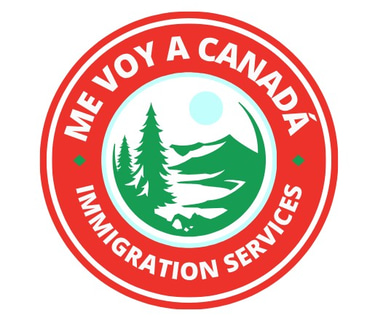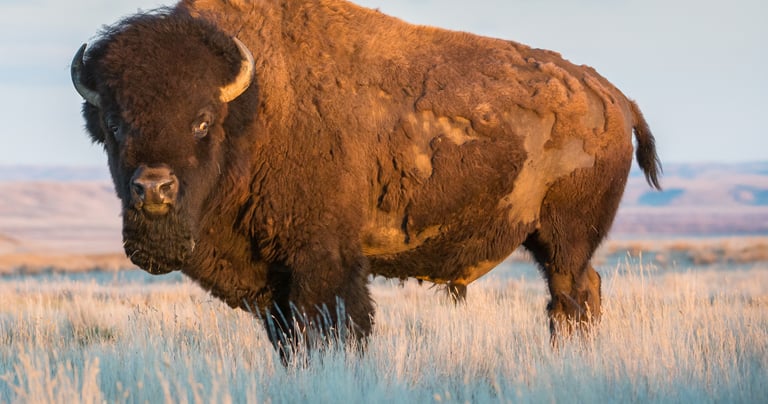
The Prairie Provinces
Alberta
Facts about Alberta
Alberta is the fourth-largest province in Canada, three times the size of the European country of Great Britain. Every year, people from all over the world come to Alberta to work and live. Alberta has a high standard of living, diverse and welcoming communities, stunning landscapes, and economic growth.
Where can you work?
Alberta's economic activities include agriculture, livestock, oil extraction, financial services, hospitality, education, airlines, and technological development. With its extensive and fertile grasslands, Alberta has long had an agriculture-dominated economy. However, since the 1950s, mineral extraction has become a leading sector of the economy.
What to do?
In summer, Albertans love to dress as cowboys who raise horses and cattle, and cattle farms are prevalent throughout the province. The Calgary Stampede is a festival of rodeo and cowboy shows, country music concerts, and outdoor barbecues. The National Parks Banff and Jasper are in Alberta and are icons of Canada.
How can you immigrate?
Alberta's government has an attractive provincial nomination program with four streams for foreign workers living and working in Alberta or planning to do so.
Manitoba
Facts about Manitoba
This Canadian prairie province is larger than the African nation of Kenya. Manitoba has one of Canada's most robust and diversified economies, with a low cost of living that is more affordable than provinces like Ontario and British Columbia. The capital city is Winnipeg.
How can you immigrate?
The provincial nominee program offers the choice to immigrate as a Skilled Worker, Business Investor, or International Student. You can also immigrate under Express Entry.


Climate
There are four distinct seasons (summer, fall, winter, and spring), with temperatures ranging from -35 degrees C in winter to 35 degrees C in summer. Depending on the season, the hours of sunlight can also change dramatically. You need to be aware of the weather before moving.
Where can you work?
The main economic activities are: agriculture, livestock, processing of agri-food products, tourism, banking, health, student services, human resources, and forestry. Major potato, pork, chicken, turkey and dairy processing companies have headquarters in Manitoba.
Saskatchewan
Capital City
Saskatchewan’s population reached 1,231,043 as of April 1, 2024, an increase of 30,503 from April 1, 2023. It is considered the sixth most populous province in the country. The capital is Regina, and the second largest city is Saskatoon.
Facts about Saskatchewan
It is considered the breadbasket of Canada because cereal cultivation takes place, allowing it to supply part of the country's internal demand. Geographically, it is more significant than Thailand or Spain. It is one of two Canadian provinces without saltwater coasts. Before 1905, the province was part of Alberta.
Climate
In January, winter temperatures can drop to -53 °C, while in July they can reach approximately 41 °C. A relevant aspect is that the province's south receives around 2,300 hours of sunlight per year. The climate is quite harsh.
How can you immigrate?
The Saskatchewan Nominee Program invites residency applications from non-Canadians who want to make Saskatchewan their home. The categories are for international skilled workers, experienced workers in Saskatchewan, entrepreneurs and farmers.






















